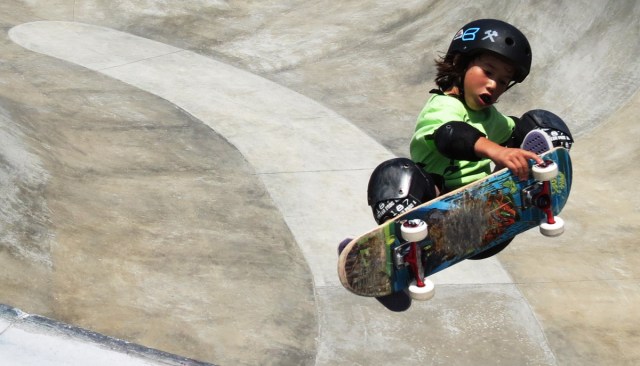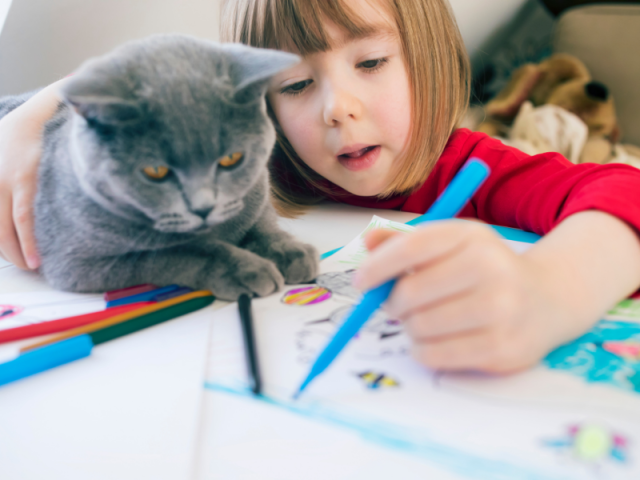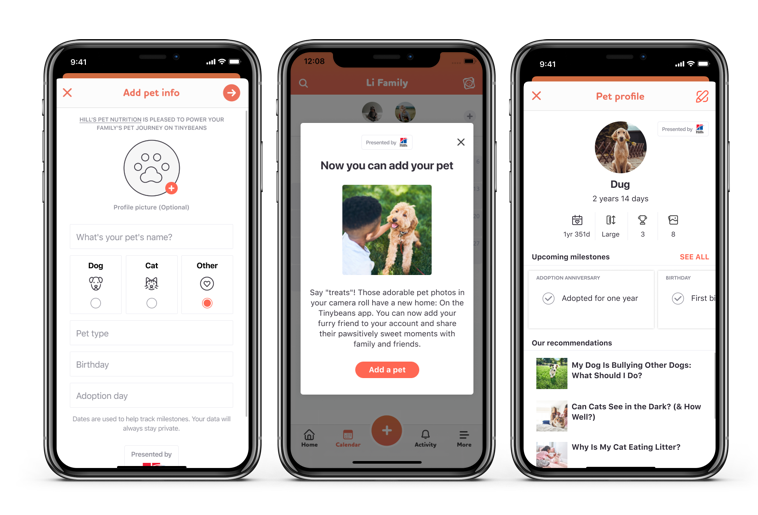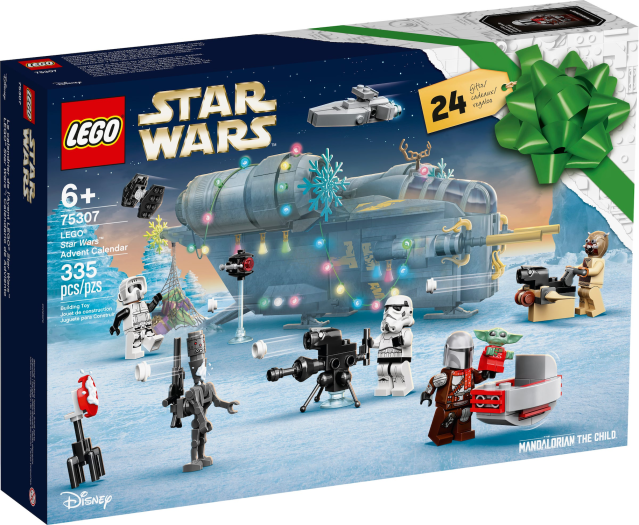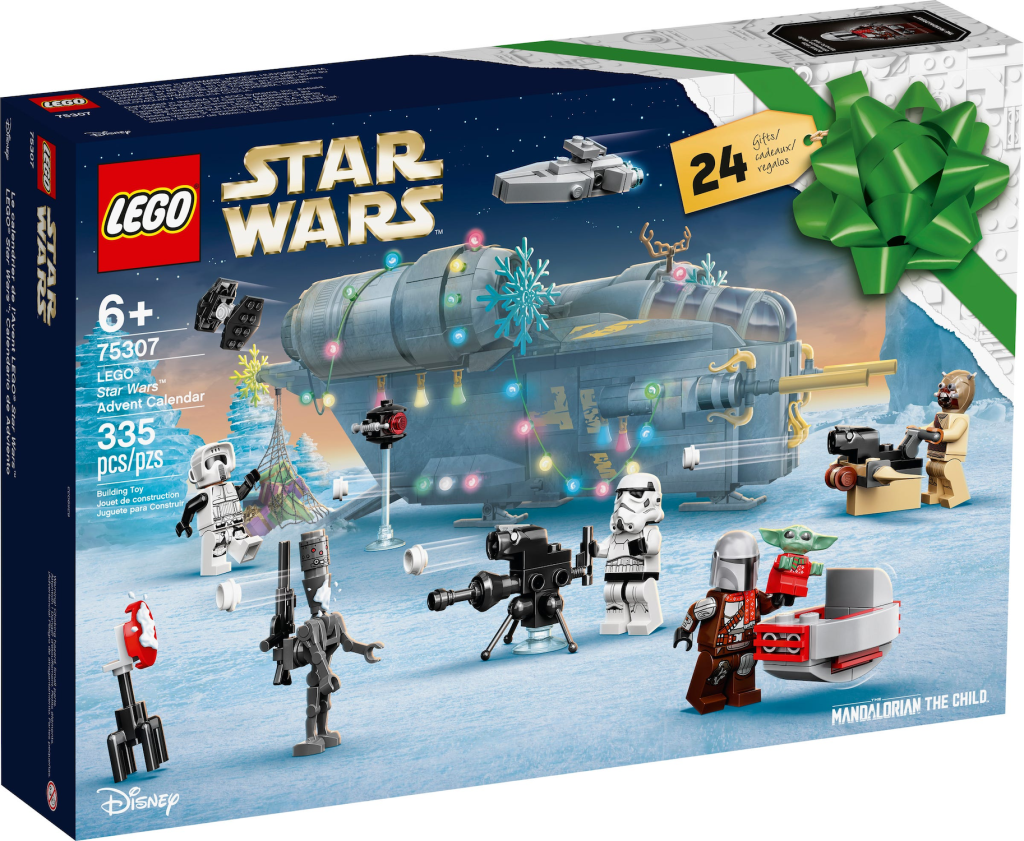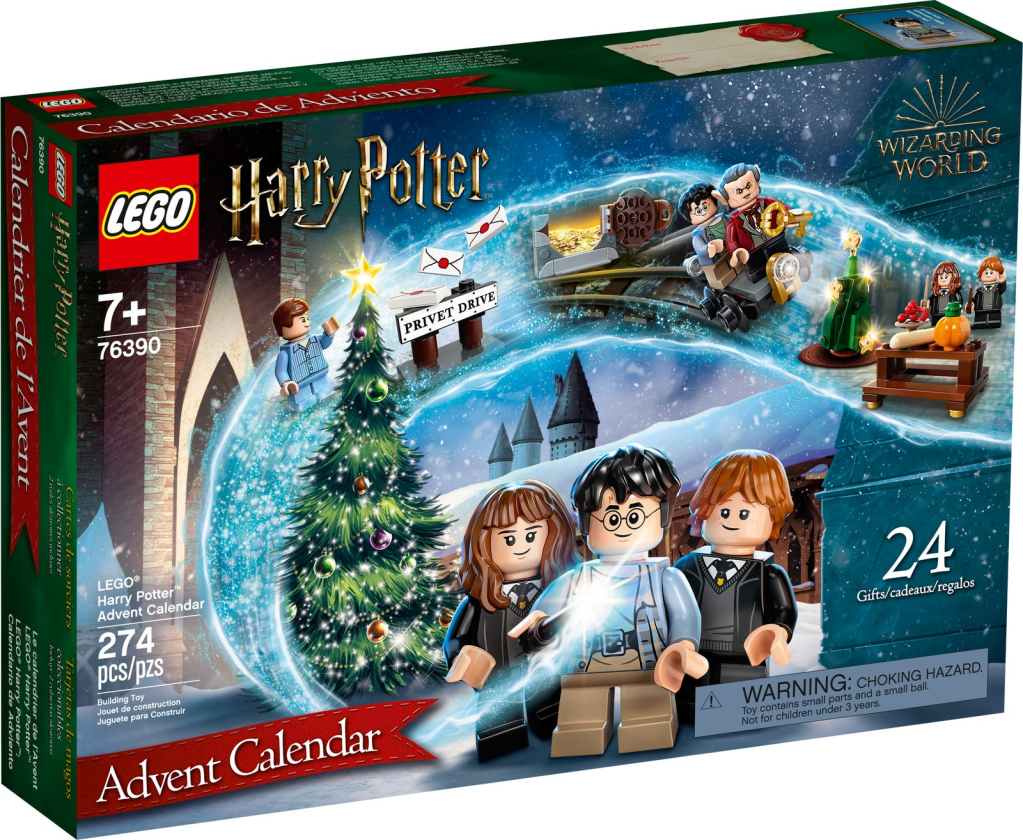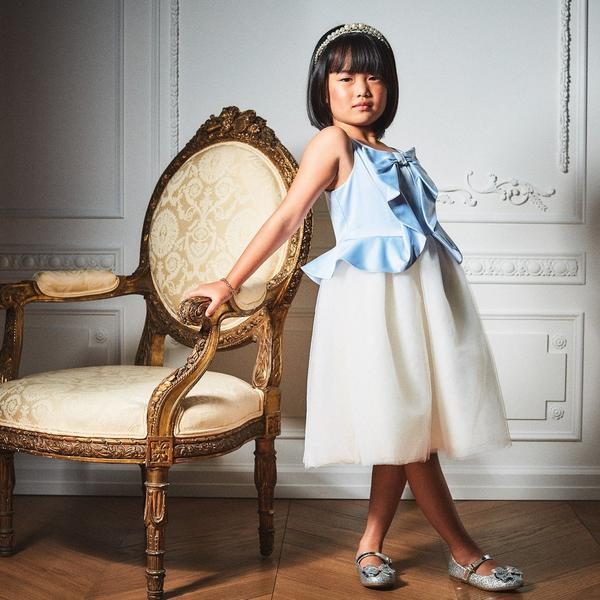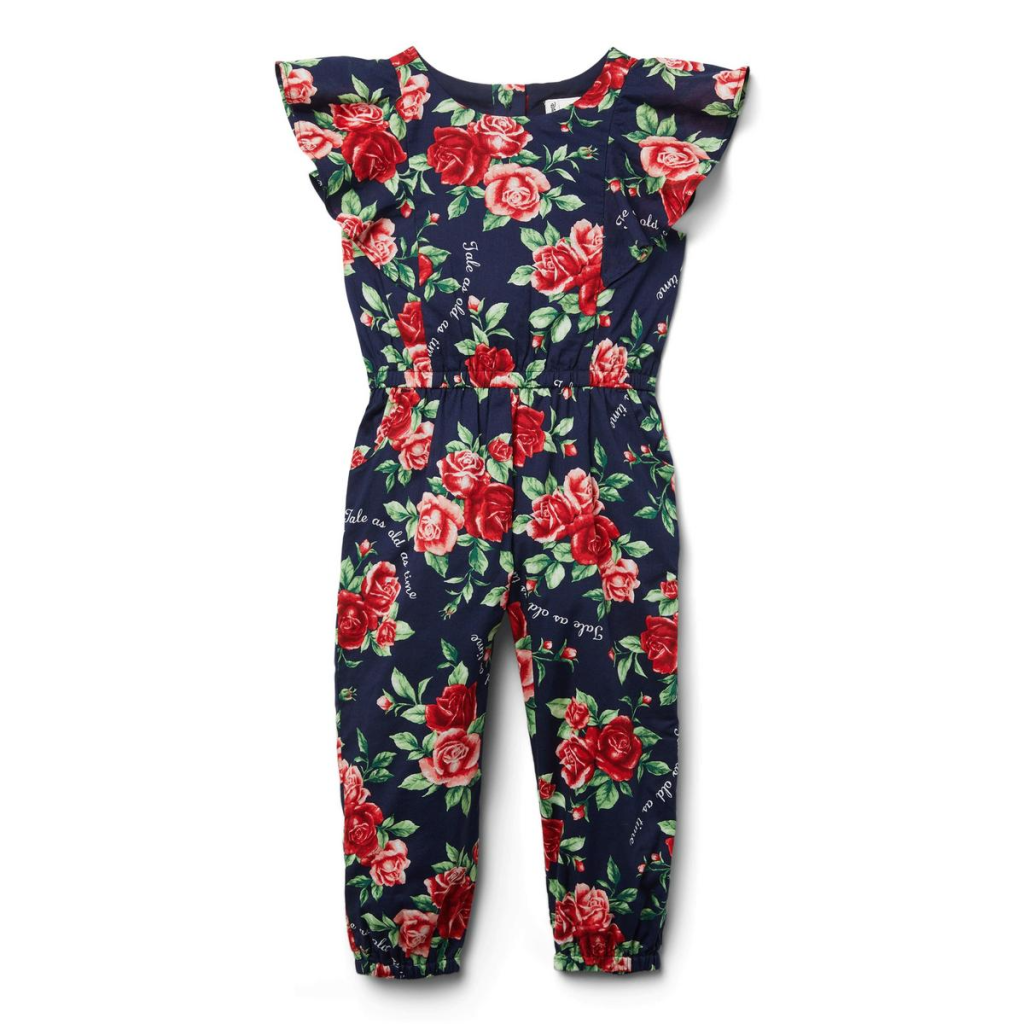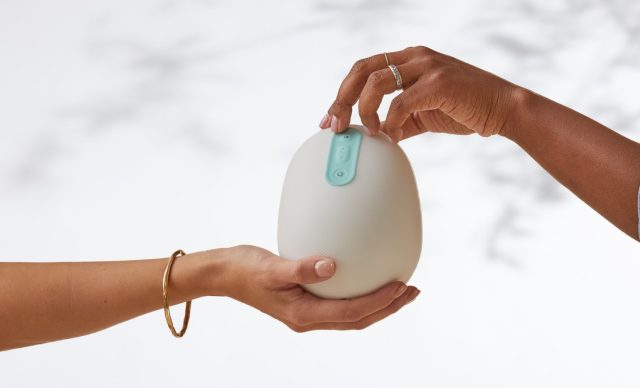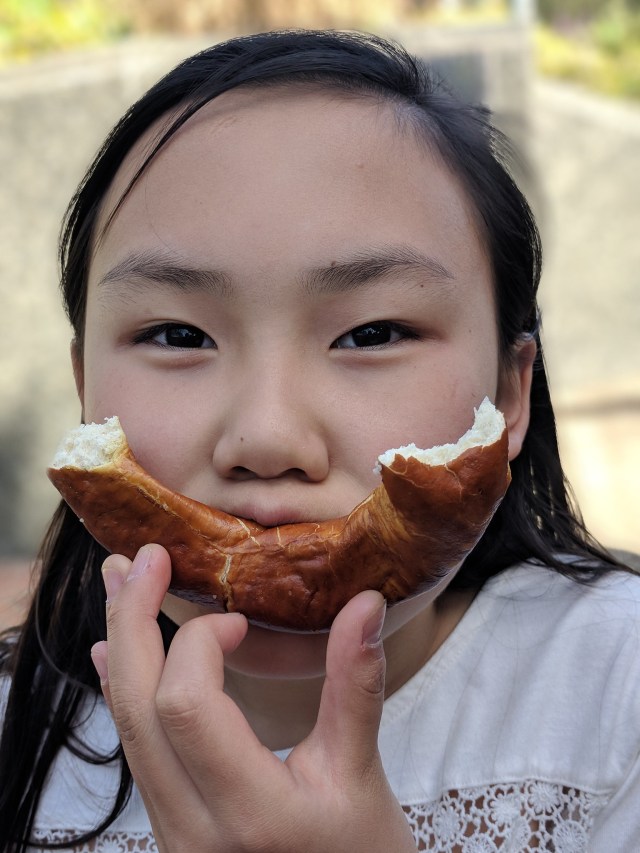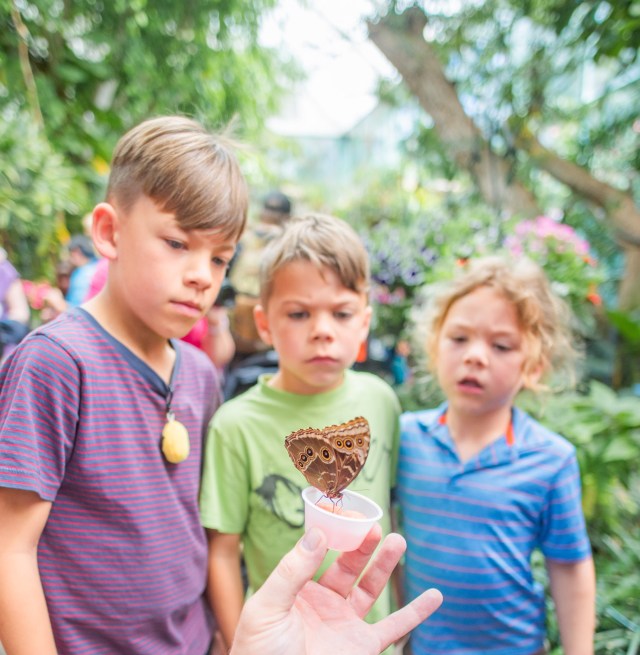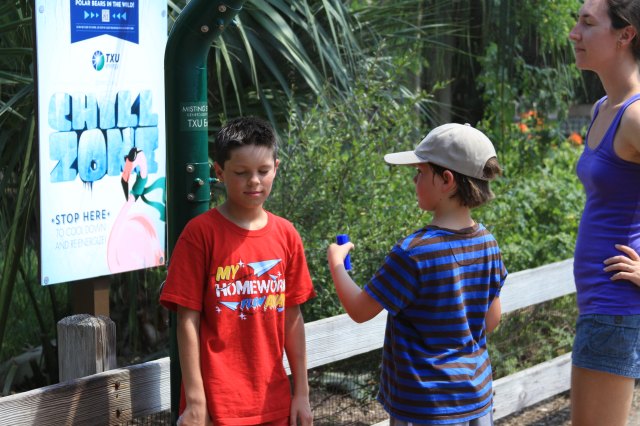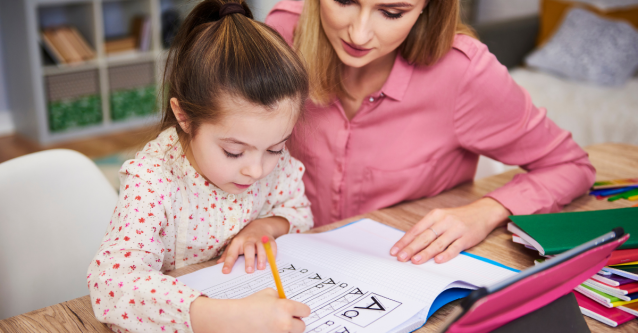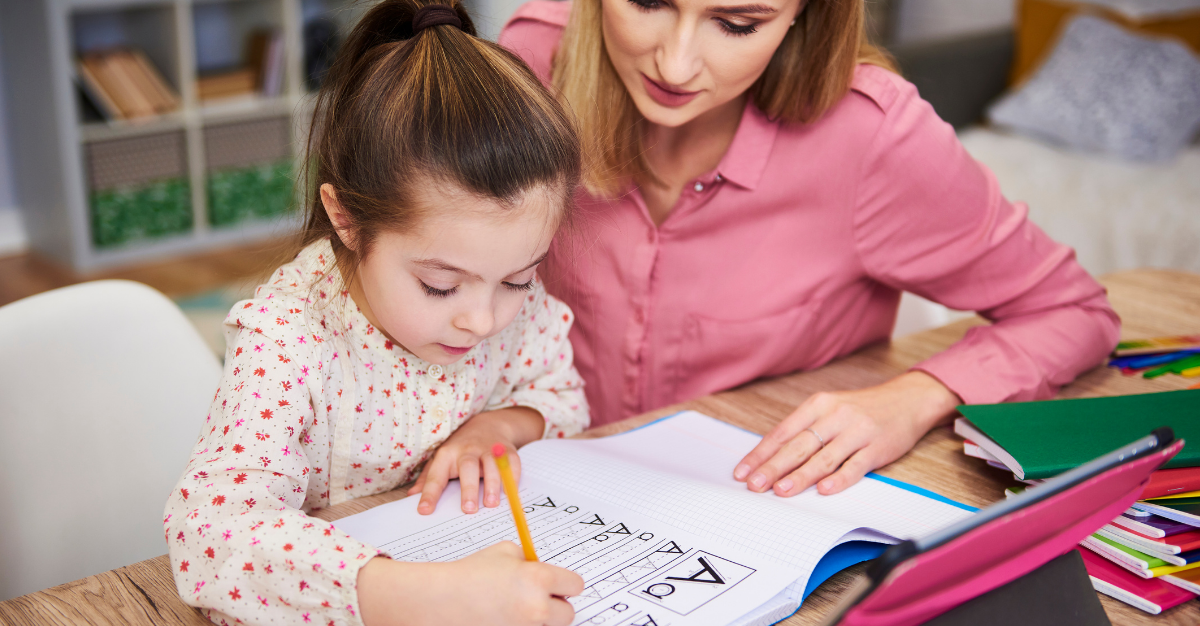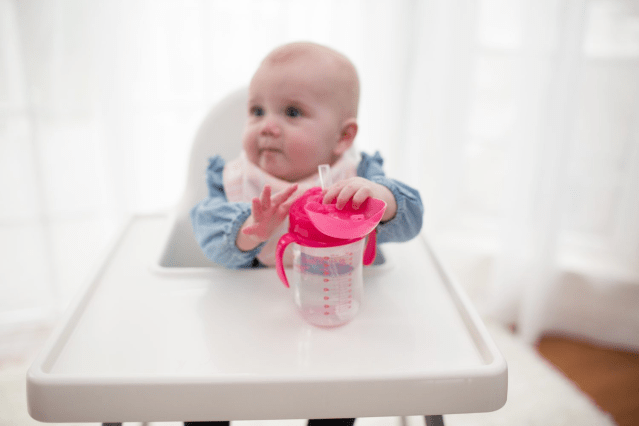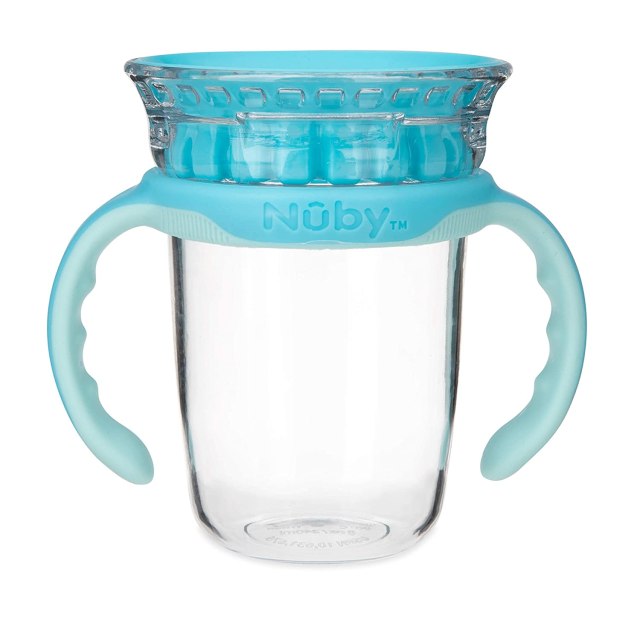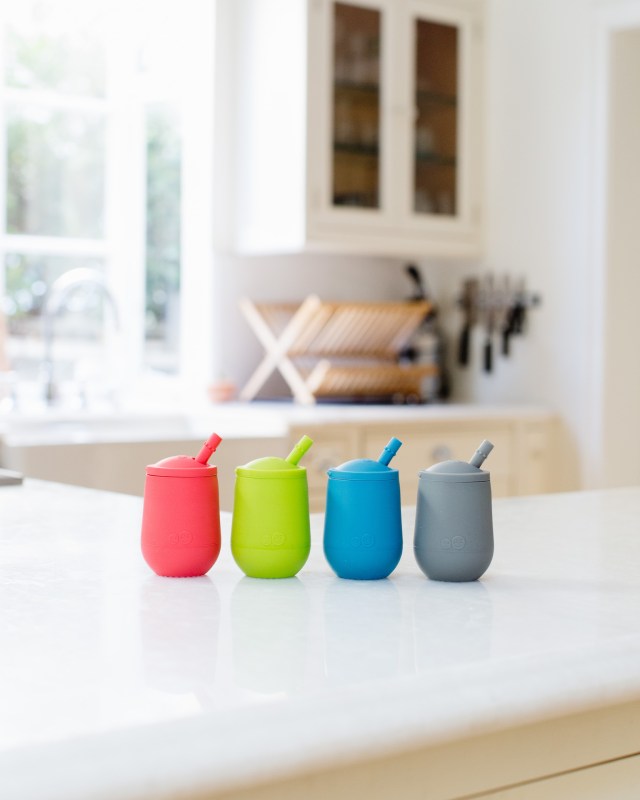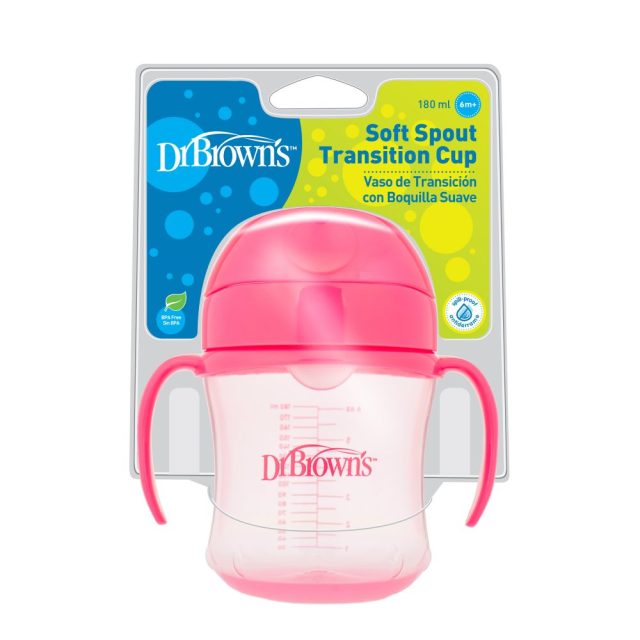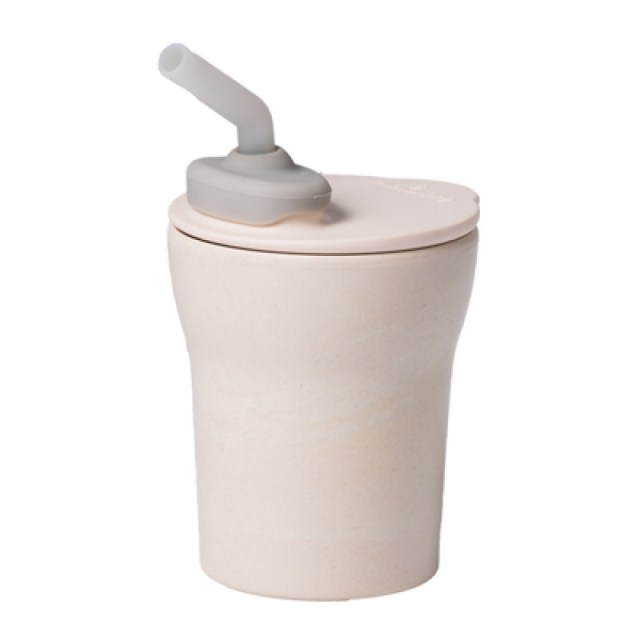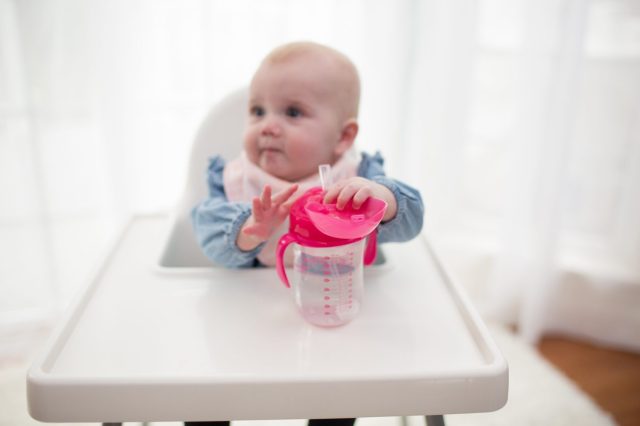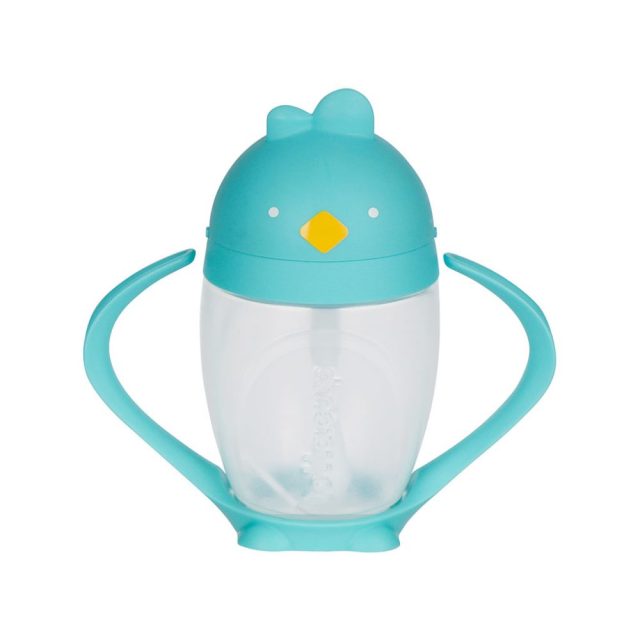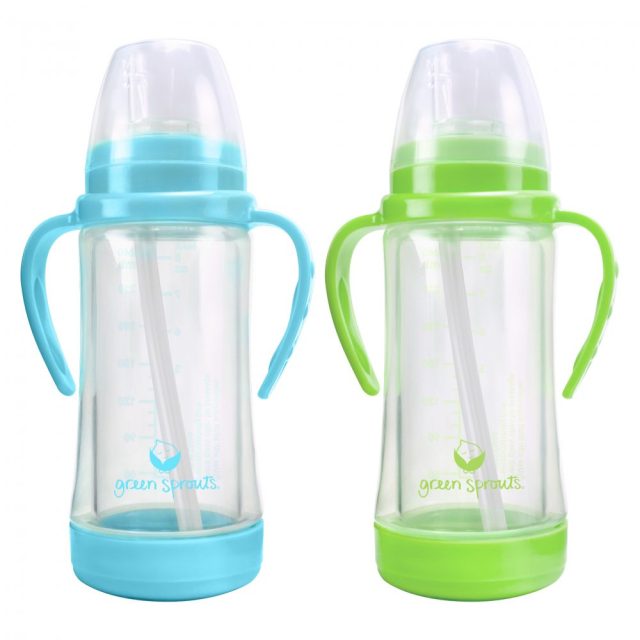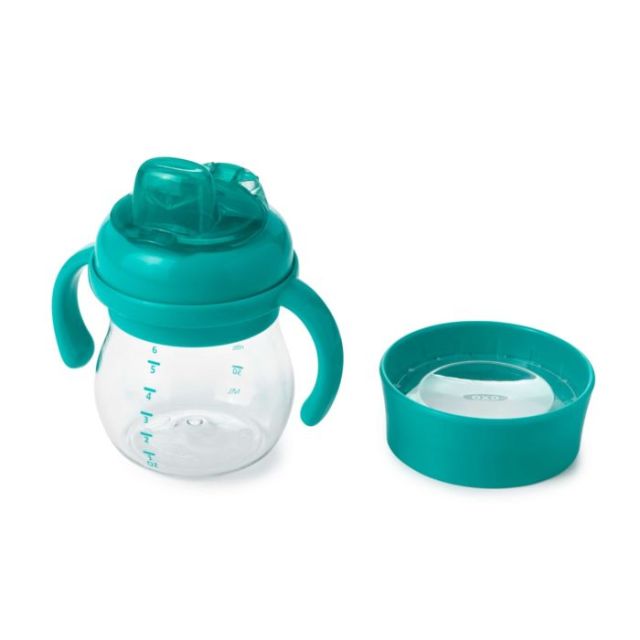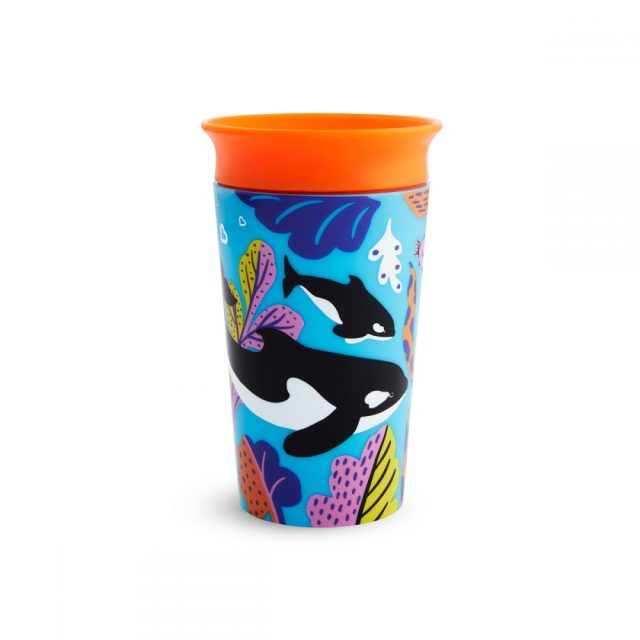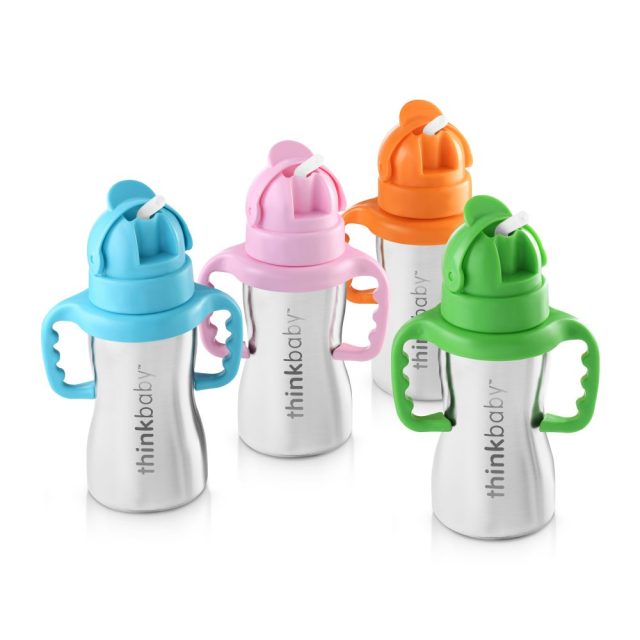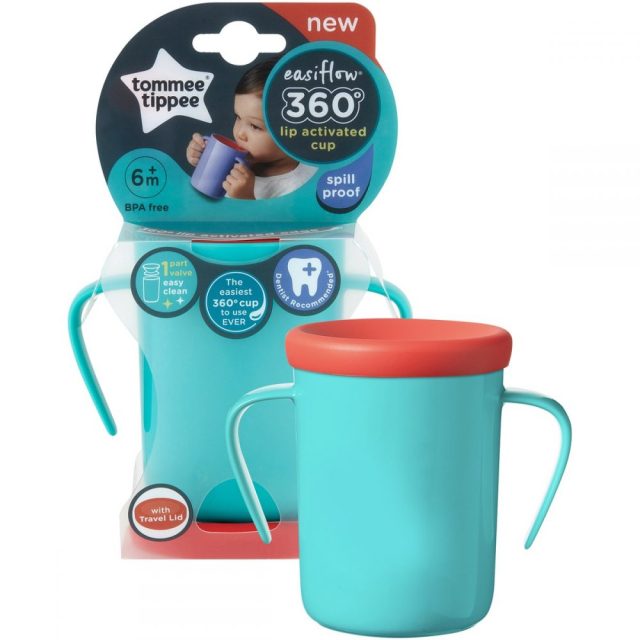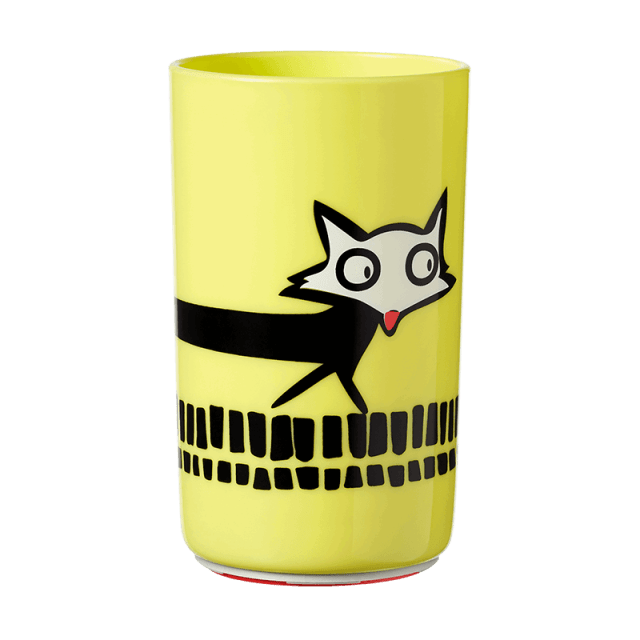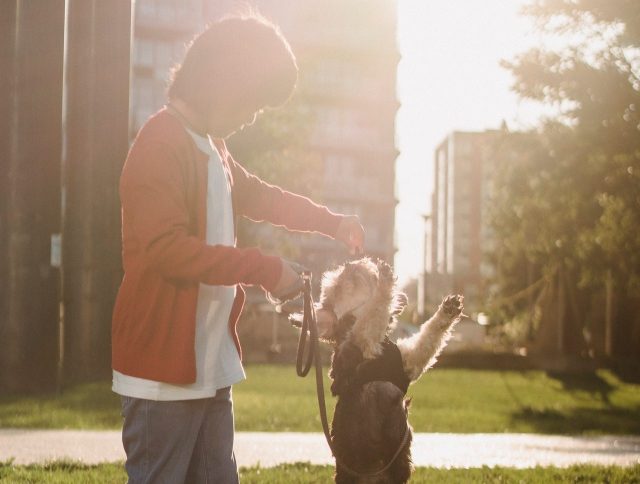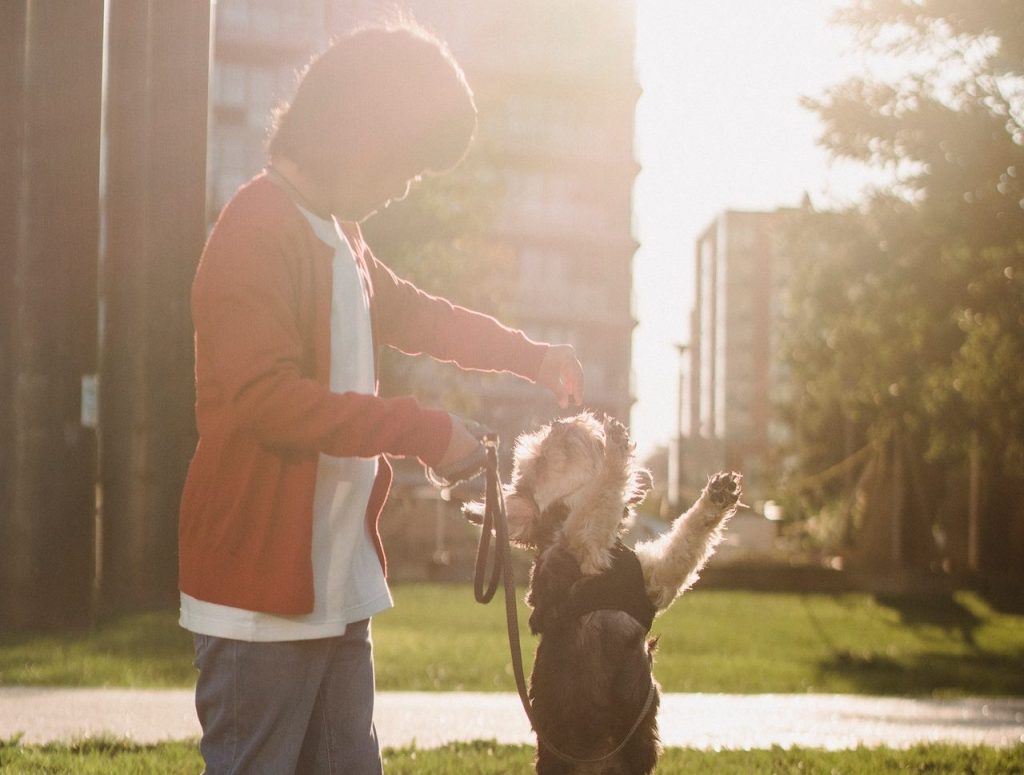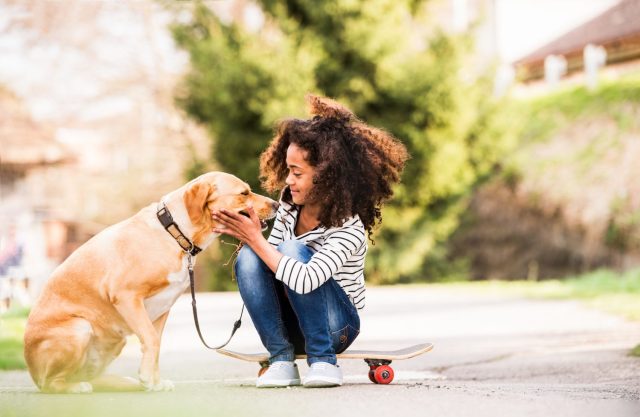If you tuned into the skateboarding competitions during the Olympic Games in Tokyo this summer, you might have recognized some local skaters who are now Olympic medalists. San Diego’s skateboarding culture was on full display throughout the games–leaving the entire community proud and little groms super excited. If you have one of those lil’ shredders at home and want to know where they can safely practice their craft, we rounded up the best skate parks to master that ollie, kick-flip and grind.
YMCA Skate Parks in San Diego
Two locations in San Diego County:
Magdalena Ecke Family YMCA Skate Park (Encinitas)
Great for beginners—the world-famous Magdalena Ecke Family YMCA Skate Park is one of the biggest and most diverse in San Diego County. Shaun White once told ESPN magazine that he'd been coming to this park every day since he was six. It's where he learned all his tricks, and it's still his inspiration. So if Shaun White approves, your little one should also be impressed. It includes a mixture of transitions and plaza elements. Beginners and anyone looking to increase their ability and learn new tricks should check out mini-land. Helmets, knee pads, and elbow pads are required for all participants 18 years and under. This park also offers private and group skate lessons.
200 Saxony Road
Encinitas, CA 92024
Online: www.ymcasd.org
YMCA Krause Family Skate & Bike Park (Mission Valley)
Krause Family Skate and Bike Park is home to the first permanent track in the world and several professional athletes. The skatepark is a 60,000 sq. ft. facility that has a variety of ramps for all skill levels. The good news for pint-sized thrashers, they have a beginner course. They also have a brand new remodeled street course, BMX course, 4 ft. mini-ramp with a spine, Dew-Tour vert ramp, concrete pool, and Skatercross Skateboard Racing Track. This park is open and available for people of all ages and skills to enjoy. So pad up and get on over to the park!
3401 Clairemont Drive
San Diego, CA 92117
Online: www.ymcasd.org
CA Training Facility in Vista
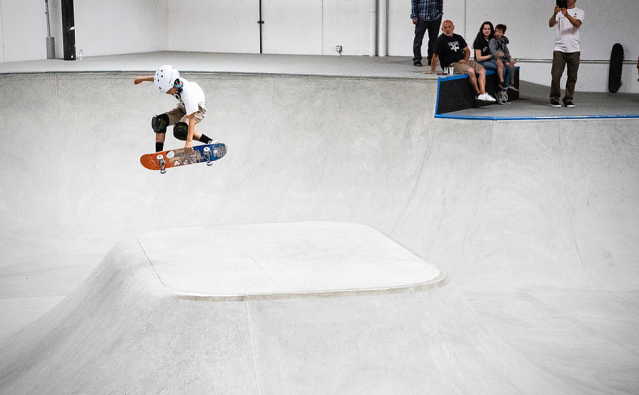
Skateboarding is woven into the culture of San Diego, with so many pros coming from North County, so it only makes sense that the first and only high-performance center developed explicitly for skateboarding opened in Vista. The 28,000 square foot private facility, which includes full-size competition street and park courses, served as a training ground for US Olympic skateboard team members in preparation for the 2020 Summer Olympics in Tokyo. In addition, they offer a variety of programs for young skaters. From private coaching to open skate, there's something for everyone. So if you have someone interested in skating, you need to check out (CA|TF).
1410 Vantage Court,|
Vista California 92081
Online: www.ca-tf.com/
Linda Vista Skate Park
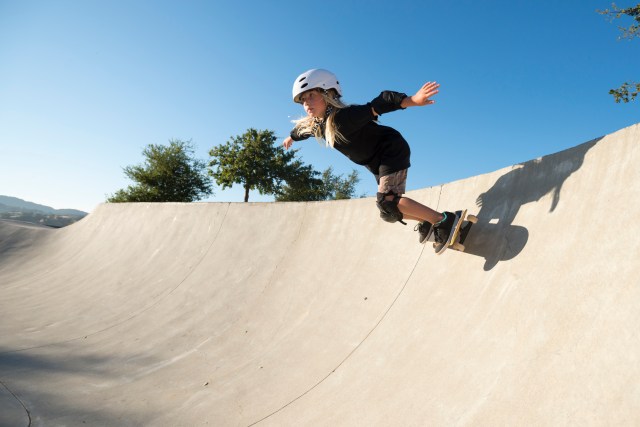
With the help of skaters, skateboard professionals and the community, The Linda Vista Skateboard Park opened in 2018. It is part of the Linda Vista Community Park and is currently the largest skate park in San Diego. The rad development boasts all the must-have elements, from rails, stairs, ramps, banks, ledges, jumps, and bench-like features to satisfy all skill levels. Besides the elements, there are several bowls, a full pipe, a street course, lights, and a bridge. The bridge is not only a focal point of the park. It also serves as a viewpoint to watch the skaters (a must for parents!). Other non-skating but family-friendly features include shade structures and sitting/observation areas. Children 12 and under must be accompanied by a parent or guardian.
Open 9 a.m. - 9 p.m. Monday-Sunday.
Online: sandiego.gov/
Memorial Skate Park
Memorial Skate Park in San Diego features approximately 7,000 square feet with above-ground ramps and rails. Bleachers for parents to sit and watch their children skate and a small area for a post-skate-sesh picnic.
6610 Potomac St
San Diego, CA 92139
Online: https://www.sandiego.gov/
Alga Norte Skatepark
There's so much to love about this gem of a park in North County and the state-of-the-art skate park is at the top of the list. Kiddos will be stoked to work on their kickflips and catch some air on the half pipes. The park offers something for beginners to advanced boarders and if you're looking for an evening outing, it's one of the few skate parks in San Diego county that has lights. Roll don't walk, the whole family will love this place!
6565 Alicante Rd.
Carlsbad, Ca 92009
760-268-4777
Online: www.carlsbadca.gov/services/depts/parks/facilities/south/alga.asp
Poway Skate Park

This kid-friendly skate park allows boards, blades, scooters, skates and bikes. So, if it has wheels — you can ride it here in Poway! It's designed for beginner-level to advanced boarders. Just note that it's on the smaller side, so it can get crowded at peak times. Helmets, knee pads and elbow pads are required and an adult must accompany kids under 12.
13090 Civic Center Dr.
Poway, Ca 92064
858-668-4671
Online: poway.org/328/Skate-Park
Carmel Valley Skate Park
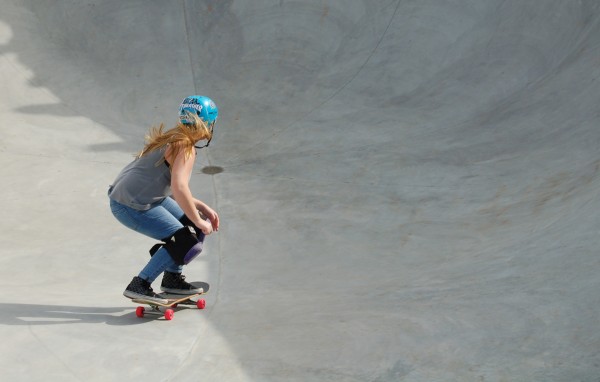
The Carmel Valley Skate Park opened in 2008 with the design help of pro skater Chris Miller. The main feature of the park is a challenge course in a concrete bowl. This park also offers restrooms, a shade structure and seating and observation areas so parents can watch their daredevil land his next trick. Full safety equipment is required at all times.
12600 El Camino Real
San Diego, Ca 92130
858-552-1616
Online: sandiego.gov/park-and-recreation/centers/skateparks/carmelvalley
Rancho Penasquitos Skate Park
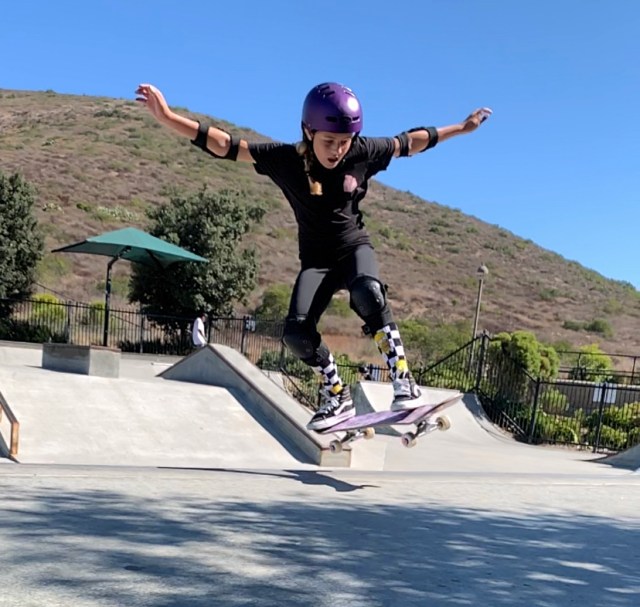
After a full renovation in 2014, this skate park is now brimming with all the bells and whistles or should we say, grind boxes, bank ramps and multi-height quarter pipes? Whatever trick your pint-sized skater is hoping to perfect he can work on it at this 22,000-square-foot concrete skateboarding facility in Rancho Penasquitos.
10111 Carmel Mountain Rd.
San Diego, Ca 92129
858-538-8131
Online: sandiego.gov/park-and-recreation/centers/skateparks/rancho
––Aimee Della Bitta
RELATED STORIES:
San Diego’s Best Playgrounds & Parks
Giddy Up! 7 Places for Horse & Pony Rides in San Diego
Eight Wheelin’: San Diego’s Roller Skating Rinks, Meet Ups & Pathways
